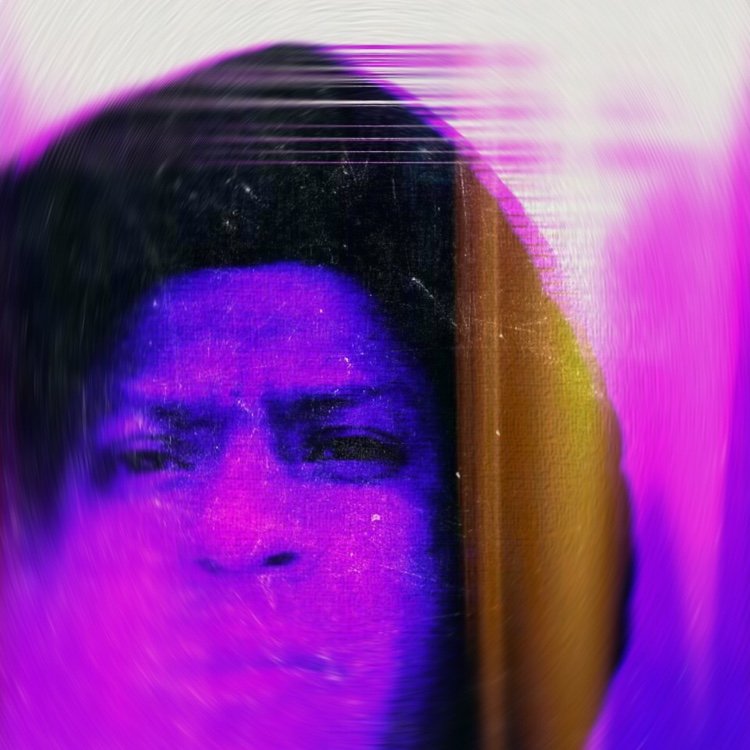
You may be able to head off serious changes in mood, appetite and energy levels, as you can predict the time of the year in which these symptoms may start. However, if you take steps early on to manage symptoms, you may be able to prevent them from getting worse over time. There's no known way to prevent the development of seasonal affective disorder. Other mental health disorders such as anxiety or eating disorders.As with other types of depression, SAD can get worse and lead to problems if it's not treated. Take signs and symptoms of seasonal affective disorder seriously. Less sunlight and not getting enough vitamin D from foods and other sources may result in low levels of vitamin D in the body. Vitamin D can help to boost serotonin activity.
#AFFECTUS DEFINITION SKIN#
Some vitamin D is produced in the skin when it's exposed to sunlight. This may be due to decreased sunlight during the winter and longer days during the summer months. SAD appears to be more common among people who live far north or south of the equator. Symptoms of depression may worsen seasonally if you have one of these conditions.

Seasonal affective disorder is diagnosed more often in women than in men. The change in season can disrupt the balance of the body's level of melatonin, which plays a role in sleep patterns and mood. Reduced sunlight can cause a drop in serotonin that may trigger depression.

A drop in serotonin, a brain chemical (neurotransmitter) that affects mood, might play a role in SAD. This decrease in sunlight may disrupt your body's internal clock and lead to feelings of depression. The reduced level of sunlight in fall and winter may cause winter-onset SAD. Your biological clock (circadian rhythm).Some factors that may come into play include: The specific cause of seasonal affective disorder remains unknown. This is especially important if your sleep patterns and appetite have changed, you turn to alcohol for comfort or relaxation, or you feel hopeless or think about suicide. But if you feel down for days at a time and you can't get motivated to do activities you normally enjoy, see your health care provider. It's normal to have some days when you feel down. They may also experience depression during the fall and winter months. For example, spring and summer can bring on symptoms of mania or a less intense form of mania (hypomania), anxiety, agitation and irritability. In some people with bipolar disorder, episodes of mania may be linked to a specific season. People who have bipolar disorder are at increased risk of seasonal affective disorder.

Symptoms specific to summer-onset seasonal affective disorder, sometimes called summer depression, may include:

In either case, symptoms may start out mild and become more severe as the season progresses. Less commonly, people with the opposite pattern have symptoms that begin in spring or summer. In most cases, seasonal affective disorder symptoms appear during late fall or early winter and go away during the sunnier days of spring and summer.


 0 kommentar(er)
0 kommentar(er)
